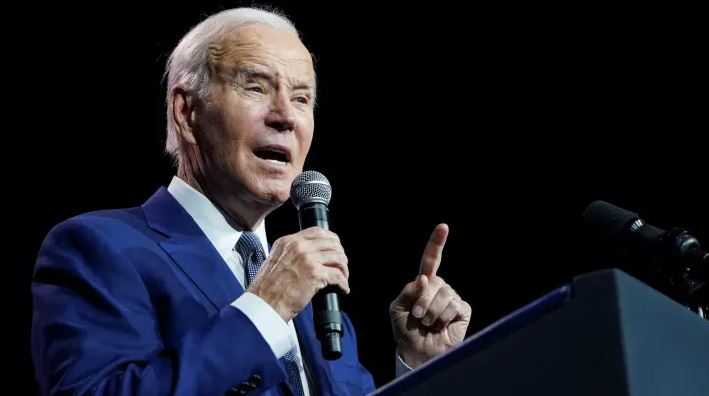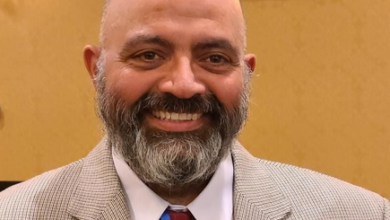Misleading GOP Videos of Biden Go Viral, Overwhelming Fact-Checkers

Misleading videos targeting President Joe Biden are spreading rapidly online, with fact-checkers struggling to keep pace. These videos, often manipulated or taken out of context, have become a significant tool for GOP operatives aiming to shape public perception ahead of the upcoming elections.
The Nature of the Videos
The viral videos often feature snippets of Biden’s speeches or interactions that are edited to misrepresent his actions or statements. Common tactics include splicing together different events to create false narratives, altering audio to change the context, and using misleading captions. These techniques create a skewed portrayal of the President, fueling misinformation and political bias.
Examples of Misleading Content
Several examples illustrate the extent of this issue. One widely shared video showed Biden appearing to fall asleep during a meeting, but fact-checkers revealed it was edited from different clips. Another video falsely suggested that Biden endorsed a controversial policy that he had actually opposed. Such content is designed to provoke strong emotional reactions and spread rapidly across social media platforms.
The Challenge for Fact-Checkers
Fact-checkers are facing an uphill battle in countering these misleading videos. The sheer volume and speed at which misinformation spreads make it difficult to debunk every instance promptly. By the time a video is fact-checked, it may have already been viewed millions of times, embedding false information in the public consciousness.
Moreover, the fragmented nature of social media means that even corrected information may not reach all who saw the original misleading content. Algorithms often prioritize sensational content, making fact-checked corrections less visible.
Impact on Public Perception
The spread of these misleading videos has significant implications for public perception and the democratic process. They contribute to a polarized political climate, where misinformation can sway voter opinions and erode trust in public officials. For Biden, these videos undermine his administration’s efforts and fuel partisan attacks.
Efforts to Combat Misinformation
Various organizations and platforms are working to combat the spread of misleading content. Social media companies have implemented policies to flag and reduce the visibility of false information, and fact-checking organizations are increasing their efforts to identify and debunk viral misinformation. However, these measures often lag behind the rapid spread of new content.
The Role of Media Literacy
In addition to platform interventions, improving media literacy among the public is crucial. Educating individuals on how to critically evaluate information sources, recognize manipulated content, and seek out verified information can help mitigate the impact of misinformation. Initiatives aimed at teaching media literacy in schools and communities are gaining importance in this digital age.
Conclusion
The proliferation of misleading videos targeting President Biden highlights the challenges of managing misinformation in today’s media landscape. While fact-checkers and social media platforms play a vital role in countering false narratives, a collective effort to improve media literacy and promote accurate information is essential for a well-informed public. As the election season heats up, the battle against misinformation will remain a critical aspect of maintaining a fair and democratic process.





